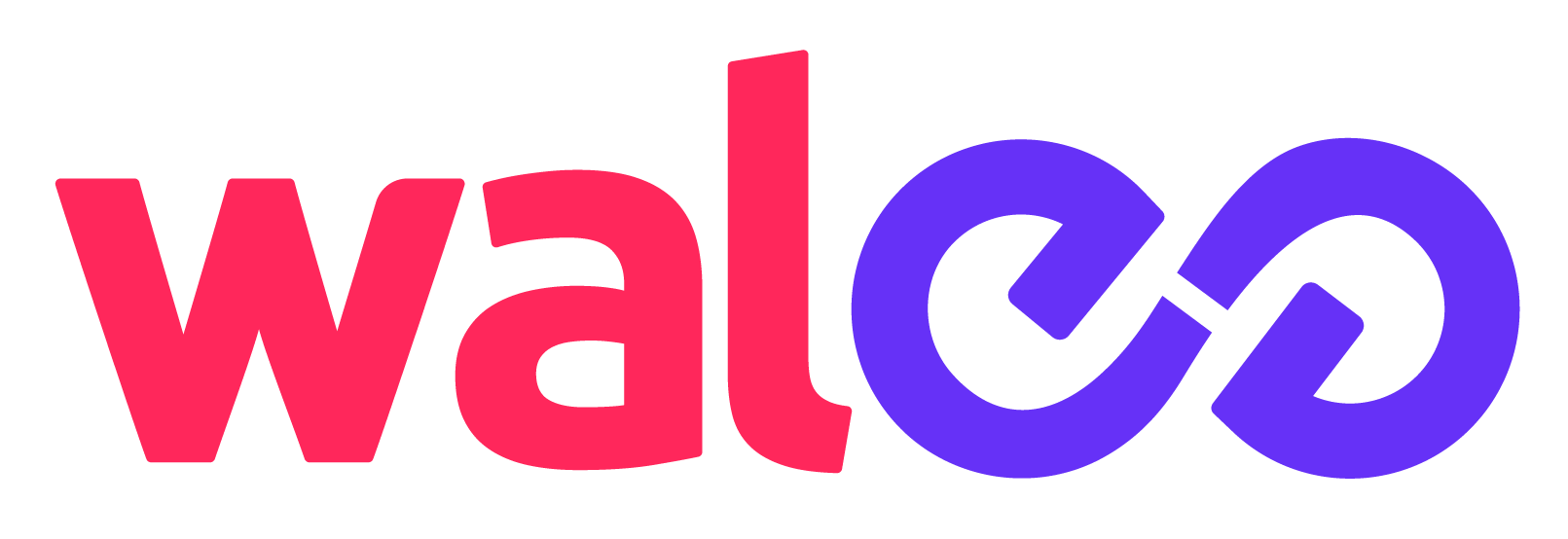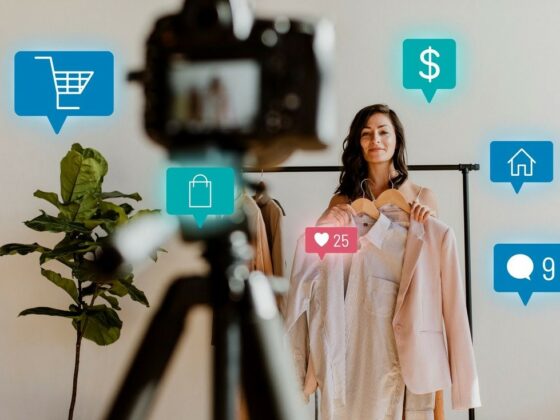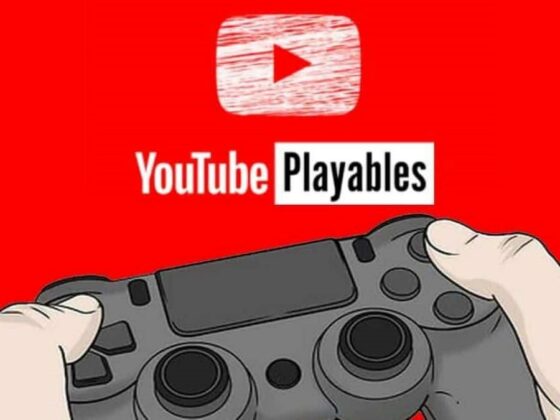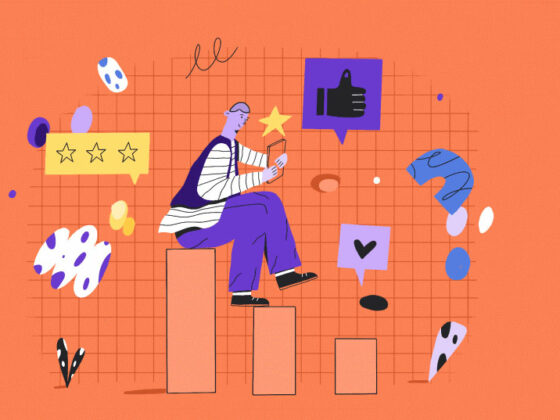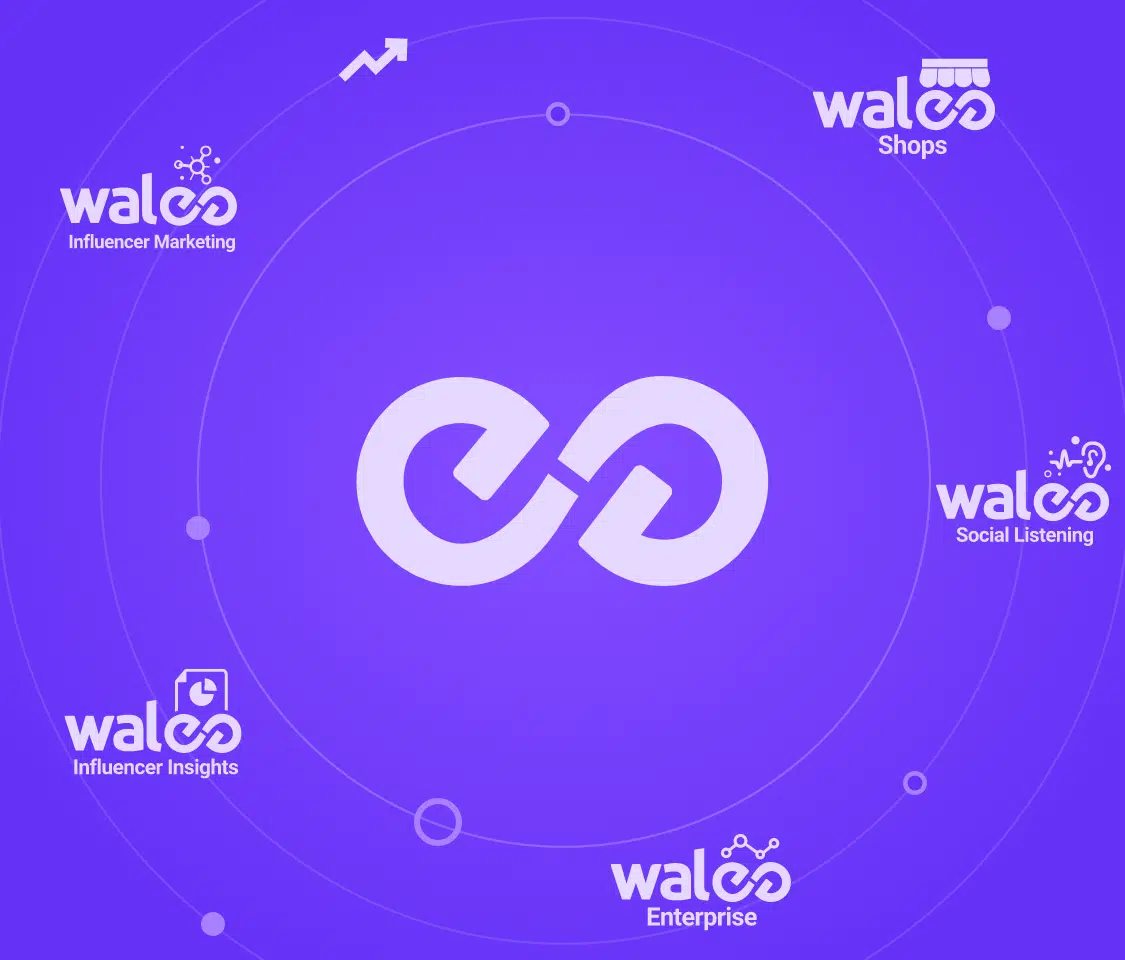Marketers often confuse two strategies building brands and engaging target audiences: influencer marketing and public relations (PR). It’s easy to brush off saying “We want to do digital PR” and interchange both. It is crucial for marketers to understand the fundamental differences between these two approaches.
Influencer Marketing
Focuses on results and ROI through media buying. Marketers and media planners buy influencer collaborations with individuals who possess a significant online following, enabling brands to tap into their established credibility and influence. By partnering with influencers, brands can access these engaged audiences, leverage their authenticity, and get reach, impressions, engagements, and conversions as a result. In 2022, the Creator Economy is worth US $104 billion comprising 50+ million creators around the world.
Public Relations
On the other hand, focuses on managing the public image and reputation of a brand. PR pros foster media and stakeholder ties for positive coverage, crisis management, and shaping public perception. It seeks to craft positive brand narratives and build public credibility.
Key differences between Influencer Marketing and digital PR
- How you pay: Influencer Marketing often pays for specific activities (such as posts, stories, reels, videos, etc) similar to media, whereas PR pays for the PR team’s time costs.
- What you achieve: PR sets out to achieve an overall brand or company narrative and sentiment whereas Influencer Marketing is focused on results and ROI such as reach, impressions, engagement, and conversions.
- Audiences: PR targets broad audience sets and is focused on generic positive sentiment whereas Influencer Marketing tends to zoom in on specific audience niches with a set brand-level objective such as awareness, consideration or conversion.
- Measurement: Because of the absence of measurement solutions in Pakistan, marketers often confuse them. However, with Walee’s measurement solutions, you can unveil the Creator Economy and influencer measurement, providing granular audience and campaign data.
Lets Take an Example
A cola brand creates a campaign to promote their stronger, more flavorful cola drink. It reached around 2.05 million people and generated 3.2 million impressions. The campaign managed to engage 116,279 users impacting its brand awareness and consideration. For their PR, they put up kiosks in malls and did press releases and digital news items at the launch. These tactics differ significantly even in their execution.
Zooming out, the brand team likely approved one budget: a digital PR campaign for brand growth, blending its results. And the results they got for these were all jumbled up and lacked measurement. Were they able to attribute a specific ROI to this campaign? What was the impact on their brand health? Could they quantify how they paid influencers – what cost-efficiency metrics did they achieve? What kind of benchmarks did they set out to achieve? The simple answer as of today is NO.
Influencer marketing has a long way to go in Pakistan. Marketers are spending over PKR 5 billion in this space. Just as digital media arrived, we chased elusive metrics, seeking true ROI and brand growth in the influencer marketing landscape. Walee aims to change this by providing real-time reporting with a strong focus on ROI. They utilize proprietary technology for results-focused activation with influencers.
